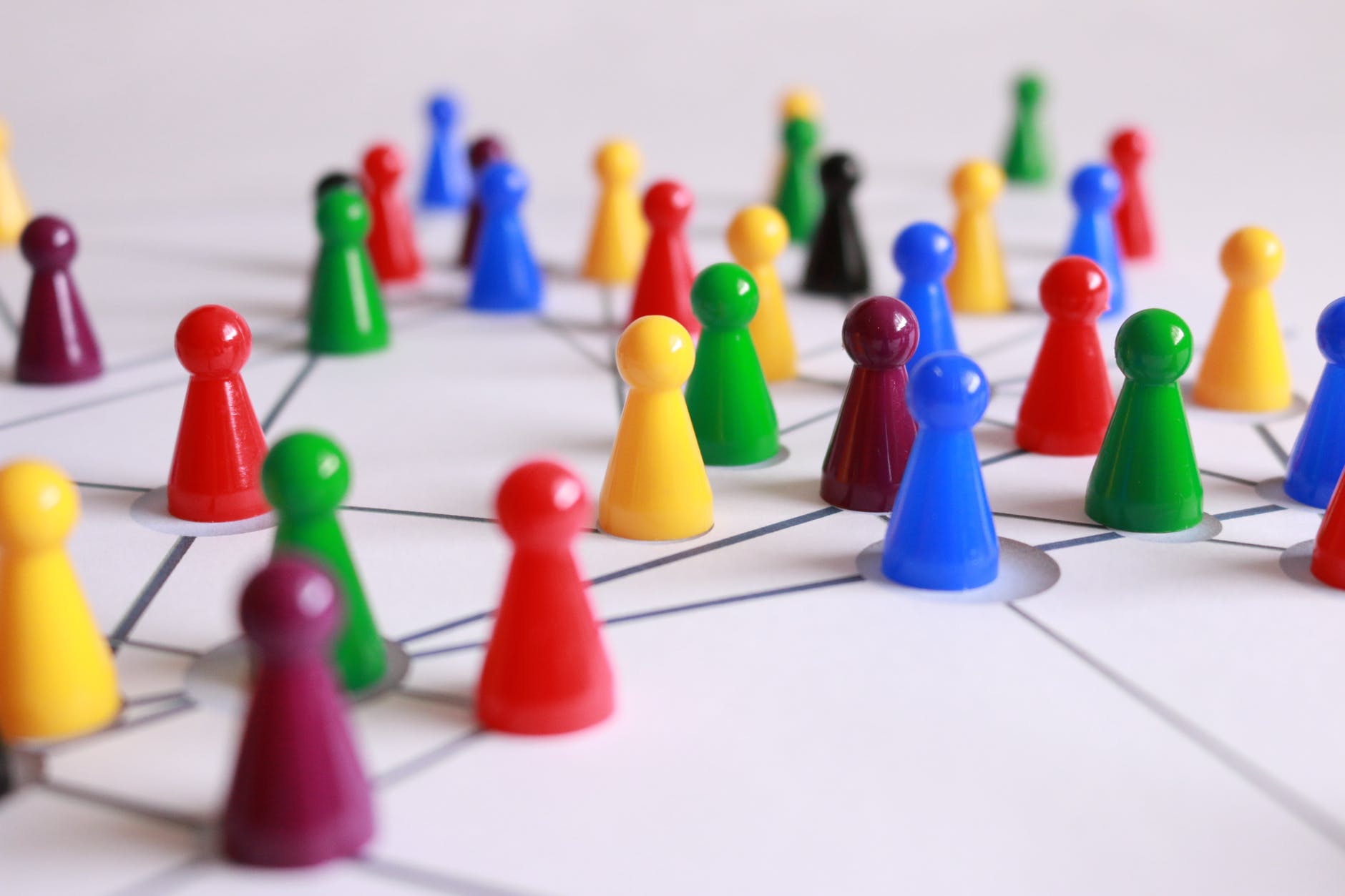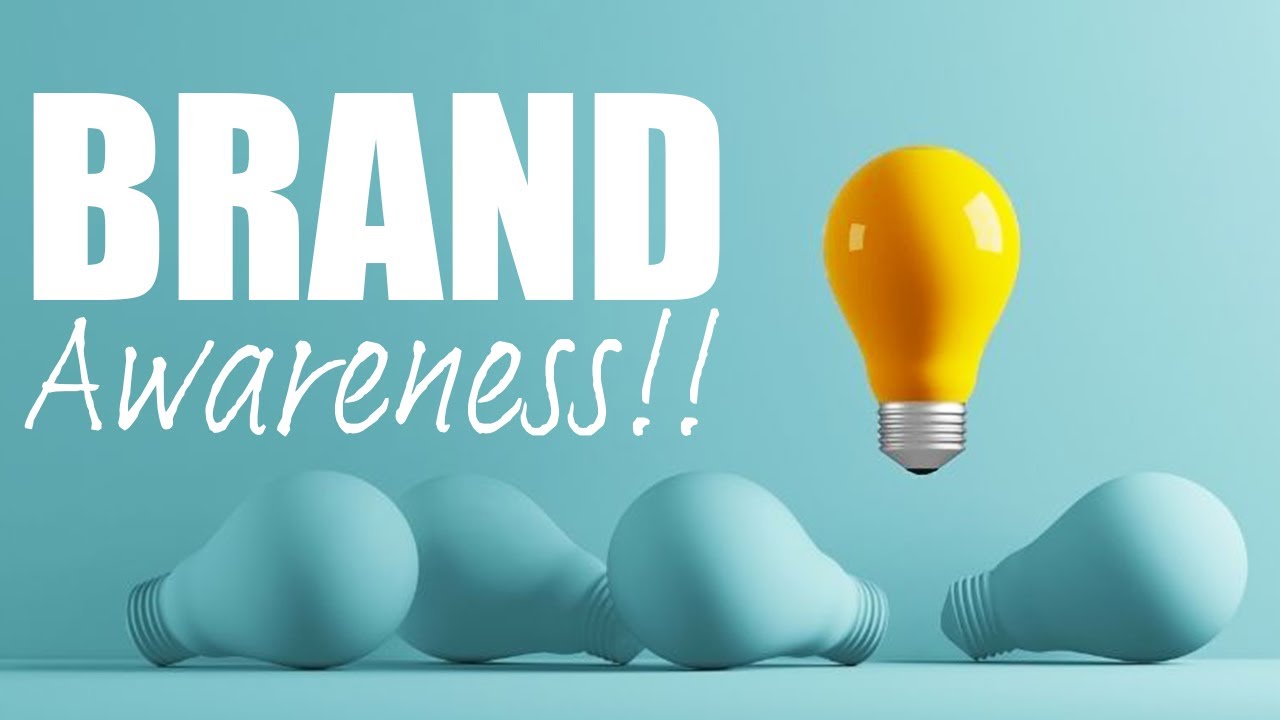Hello!
Brand awareness is a goal for all marketers, with 45% of marketers saying that increasing it is their top priority. But how can you build brand awareness? How can you make your brand a household name?
 Those are the questions that boggle a marketer’s mind. You’ve probably experimented with multiple strategies, with varying results. But one marketing strategy shines in particular, and that is social media marketing.
Those are the questions that boggle a marketer’s mind. You’ve probably experimented with multiple strategies, with varying results. But one marketing strategy shines in particular, and that is social media marketing.
80% of marketers say that social media ads have produced increased brand recognition, with Facebook Ads as the top channel for it.
This is why we prepared a guide for you today about Facebook Ads and how they can help you build brand awareness. But before we get into the nitty gritty of that, let’s dive in first on what brand awareness is and why it’s important.
What is Brand Awareness?
Brand awareness refers to the degree to which a customer can remember or recognize a brand’s product or service.
Think of brands like Apple, Nike, McDonald’s, and Starbucks. Most people know of their brand, are familiar with their logo, or can easily recognize their brand colors. Some brands are also synonymous with household products.
 For example, do you say “Kleenex” when you mean tissues? How about “Ziploc” when you mean plastic bags? And many, especially in the American south, say “Coke” when they mean soda.
For example, do you say “Kleenex” when you mean tissues? How about “Ziploc” when you mean plastic bags? And many, especially in the American south, say “Coke” when they mean soda.
All of these brands have one thing in common — and that is a high level of brand awareness.
(That said, having your brand become a generic term is not exactly a desirable scenario, but that’s a separate problem from driving brand awareness.)
Why Is Brand Awareness important?
 Brand awareness is important since it is the first step of the marketing funnel. It’s essentially the foundation of your entire marketing strategy. Without people being aware and interested in your brand, the harder it is to inform them of your brand’s products and services, and even harder it is to convince them to buy from you.
Brand awareness is important since it is the first step of the marketing funnel. It’s essentially the foundation of your entire marketing strategy. Without people being aware and interested in your brand, the harder it is to inform them of your brand’s products and services, and even harder it is to convince them to buy from you.
The awareness stage’s main objective is to keep your brand on top of your audience’s mind. When it’s time for them to make a purchase, they should think of you first.
There are also other reasons why brand awareness is important. Here are some reasons:
It familiarizes people with your brand
59% of people are more likely to buy from brands that they are familiar with compared to unknown ones. Having a high level of brand awareness can lead to increased sales and revenue down the line.
Having a strong brand awareness can also lead to people associating certain actions with your brand. With people saying to “Google” something or to put on a “Band-Aid”, you essentially have free marketing that leads to even stronger brand recognition.
 We touched on this earlier, but if you ever do achieve this sort of near-universal name brand recognition, it is extremely important to take steps to prevent your brand from becoming generic, since this will make it extremely difficult to protect your IP in the future.
We touched on this earlier, but if you ever do achieve this sort of near-universal name brand recognition, it is extremely important to take steps to prevent your brand from becoming generic, since this will make it extremely difficult to protect your IP in the future.
We all want popularity, but this kind of universal popularity can be a double-edged sword.
It increases brand loyalty and trust
Brand awareness helps give your brand a personality, a “face” they can associate your brand with. This leads to customers forming an emotional connection with your brand, which in turn will lead to them trusting you over other brands. And a customer’s trust in a brand heavily impacts their purchase decision, as 46% of people will pay more for a brand they trust.
It increases brand equity
 Brand equity is the value that customers perceive of a brand, based on their brand name instead of their products or service.
Brand equity is the value that customers perceive of a brand, based on their brand name instead of their products or service.
Notice that we are more willing to pay more for products whose brand we know of, compared to unknown ones?
Even if their products might be the same, we perceive more popular brands as better or higher quality compared to lesser popular brands.
Brand awareness is the foundation of building brand equity. The more people are aware of your brand and have positive experiences with your brand, the easier it will be to build brand equity.
How do you build brand awareness?
Brand awareness might seem like a vague concept at first, as there is no specific metric or way to measure it. However, its effectiveness can be seen in your overall marketing strategy and long-term goals.
It can contribute to the success of your other strategies such as getting more traffic to your website or getting more social media followers.
Establishing brand awareness is critical in ensuring that your future marketing campaigns won’t go to waste. But how exactly do you build it?
First, create a solid brand identity. This is done by establishing your logo, brand color, business name, slogan, and brand voice.
Another is to keep your branding consistent and cohesive across your platforms. This means keeping your branding style similar to your website to your business cards.
You wouldn’t want to confuse your customers by having a very clean minimal look on your website, then suddenly having a retro-designed poster, right?
Utilizing social media is also a great way to build brand awareness. One of the ways to do this is through Facebook Ads.
How can Facebook Ads impact Brand Awareness?
 Facebook Ads is the advertising platform of the largest social media network in the world, Facebook. Running ads on this platform can definitely help boost awareness of your brand. For example:
Facebook Ads is the advertising platform of the largest social media network in the world, Facebook. Running ads on this platform can definitely help boost awareness of your brand. For example:
Reach new audiences
Facebook has a global advertising audience of 1.983 billion. If your aim is to get your brand out there and reach a huge amount of people in a short period of time, Facebook Ads is your best bet.
Boost visibility
As with any social media platform, people can share posts that they like. By creating an engaging Facebook ad, people can share it with their friends and followers, leading to increased visibility to your brand.
Consistently expose your brand
Did you know that it takes consumers 5-7 impressions of your brand before they remember you? This is why ads are important, as they are a great way to constantly show your brand to your audience.
Facebook Ads is the most cost-efficient ad platform, with an average $0.94 cost per click (CPC). With this, you can constantly run ads without burning too much of a hole in your budget.
Facebook even has a specific campaign objective to build awareness.
 According to their website, choosing this objective is great to:
According to their website, choosing this objective is great to:
- Increase brand awareness or change brand perception
- Show your ad to as many people in your audience as possible.
- Share videos of your business with people most likely to watch them.
These ads use Facebook’s algorithm to make sure that they are seen by audiences that are more likely to watch the ads. This ensures that your advertising budget is maximized to boost your brand awareness.
Take note that these ads’ main purpose is to introduce your brand to your audience and familiarize your brand with them, not necessarily to increase sales. Though yes, in the long run, this can increase sales, don’t expect immediate results.
Brand awareness ads are also best run alongside conversion campaigns and in conjunction with other marketing strategies.
Best practices for great Facebook Ads
Facebook brand awareness campaigns can definitely help your business, but only if you create an engaging ad that is relevant to your audience. Here are some few tips how:
A. Understand your brand
 Before running any Facebook ads, take a step back first and look into your brand. Who are you as a brand? What story do you want to tell? Why should people know about you?
Before running any Facebook ads, take a step back first and look into your brand. Who are you as a brand? What story do you want to tell? Why should people know about you?
The most successful brands in the world know their brand inside out and have a powerful message that they want to communicate to their audience. Try to find your own message.
B. Understand your audience
Knowing your audience is a key step to creating a successful Facebook ad. After all, if you don’t know who’s going to see your ad, how can you create an ad that will be interesting for them in the first place?
Research your audience and take note of their gender, age, location, interest, job title, buying power, education level, and other demographic markers.
Try to also dig deeper and know their social media habits: what platforms they use, their frequency of usage, what pages they visit, as well as what kind of content they consume and prefer.
 Knowing their goals, the challenges they face, and what values are important to them are also important in creating a personalized ad that speaks to your audience.
Knowing their goals, the challenges they face, and what values are important to them are also important in creating a personalized ad that speaks to your audience.
All this information should help you create a buyer persona – your ideal hypothetical customer.
Identifying your buyer persona will lead to creating better ads and more sales, as 71% of brands that have documented buyer personas have exceeded their revenue and lead goals.
C. Address your audience’s pain points and needs
Having a strong Unique Selling Point (USP) is critical for successful advertising. Your audience is looking for a product that or service can improve their lives, and your ads should be able to convince them that you could be their solution.
 Your USP should have three parts:
Your USP should have three parts:
- You are making a proposition, of some kind, to the consumer.
- The proposition must be one that the competition either cannot, or does not, offer.
- The proposition must be so strong that it can influence the choice of buyers, perhaps millions.
From that, you should create an ad that answers the following questions:
- Why should I buy that product or service?
- What does your brand have that others don’t? What makes you better than the others?
- What makes your product relevant and important to most people?
D. Create engaging posts
 With all the information that you gathered above, you should now be ready to create your ad. But how can you make them engaging? First, focus on the visuals. Use bright, eye-catching colors, along with high-quality and non-pixelated images.
With all the information that you gathered above, you should now be ready to create your ad. But how can you make them engaging? First, focus on the visuals. Use bright, eye-catching colors, along with high-quality and non-pixelated images.
Videos are also proven to be more effective than image ads. If you’re going to use videos, make sure your first 2-3 seconds are engaging to catch your audience’s attention while they are scrolling. People also tend to watch videos with the sound off, so make sure your videos still make sense even without sounds.
Your ads should also be in-line with your audience. If you are a makeup brand targeting a young audience, your ads should be using bright, poppy colors and use more trendy and approachable language in your ads.
On the other hand, if you are an accounting app that is targeting B2B companies, your ads should look simpler and sleeker, and use a more professional and authoritative language.
Your ads should also clearly communicate your product’s or service’s value. This can be done through your caption, or on the ad itself. Your audience should know what your brand is all about just by looking at your ad.
E. Don’t forget your CTA
Your Call-To-Action (CTA) is one of the key elements in your ad. It tells your audience what to do once they see your ad, whether it’s “See More”, “Learn More,” or “Download Now”. By having a simple, effective CTA, your audience will have a clear direction on what to do next upon seeing your ad, instead of just scrolling over and moving on.
F. Track performance
 Tracking your ad’s performance is essential to optimizing your future campaigns. You’ll know if this particular style of ads works for your audience, if they prefer longer or shorter video ads, etc. You can then use the data to create better ads moving forward.
Tracking your ad’s performance is essential to optimizing your future campaigns. You’ll know if this particular style of ads works for your audience, if they prefer longer or shorter video ads, etc. You can then use the data to create better ads moving forward.
While brand awareness is hard to specifically measure, there are still metrics that you can use.
First is impression and reach. How many people actually saw your ads?
Next is frequency, which is the average number of times your audience has seen the ad. Again, it takes a few times for a person to see your ad before it sticks, so having a higher frequency is better. You can also calculate the CPM or cost per impression, to see if your awareness ad is cost effective.
You can also use Brand Lift, which is a poll or survey that Facebook runs.
These are the questions that you see sometimes, such as “Do you recall seeing an ad from these brands in the past x days?”, “How likely are you to recommend this brand?”, or “Which of these brands would you purchase from?”. This is a great indicator of whether your brand awareness ads are working.
Examples of great Brand Awareness ads
Shopify
This is a great example, as their caption clearly states why they are better (no-listing fees and less competition), yet it still leaves their audience wanting to know more. It’s simple, straightforward, yet intriguing.
Slack
 This is a great example of addressing your audience’s pain point (sitting in unnecessary meetings). Plus, they did it in a funny and relatable way, which is great for catching your audience’s attention.
This is a great example of addressing your audience’s pain point (sitting in unnecessary meetings). Plus, they did it in a funny and relatable way, which is great for catching your audience’s attention.
Grammarly
With this ad, they clearly demonstrated their product’s value. They also combined it with a great, straight-to-the-point caption.
Asana
This Asana ad also did a great job of identifying its audience’s needs and showing that they can help you solve them.
ZitSticka
Their caption addresses their audience’s main concern (expensive treatments), combined with a clear explanation of what their product can do. Along with a glowing testimonial, this ad is a great example of how to generate more interest in your product.
HelloFresh
Vibrant visuals, check. Great reasons why you should choose their service, check. Caption that urges their audience to take action fast, check.
Also read:
- 8 Tips and Tricks for Appium Android Tests
- SEO Myths Debunked: What No Longer Works
- 8 Tips to Conduct Revenue Performance Analysis
Wrapping Up
 Building brand awareness is also a major goal for any marketer. After all, it’s a key element that dictates the success of your overall marketing strategy. One of the best ways to increase your brand awareness is through Facebook Ads, specifically their brand awareness campaign.
Building brand awareness is also a major goal for any marketer. After all, it’s a key element that dictates the success of your overall marketing strategy. One of the best ways to increase your brand awareness is through Facebook Ads, specifically their brand awareness campaign.
With Facebook Ads, you can introduce your brand to a new audience and hopefully make your brand stick in their mind. You can also target your existing customers by reminding them about your brand with a well-timed ad.
By building a strong brand identity, leveraging social media ads, and combining various marketing strategies, having a strong brand awareness is not just a faraway dream. We hope this guide helped you, and if you have any questions, don’t hesitate to contact us.
Thank you!
Join us on social media!
See you!






